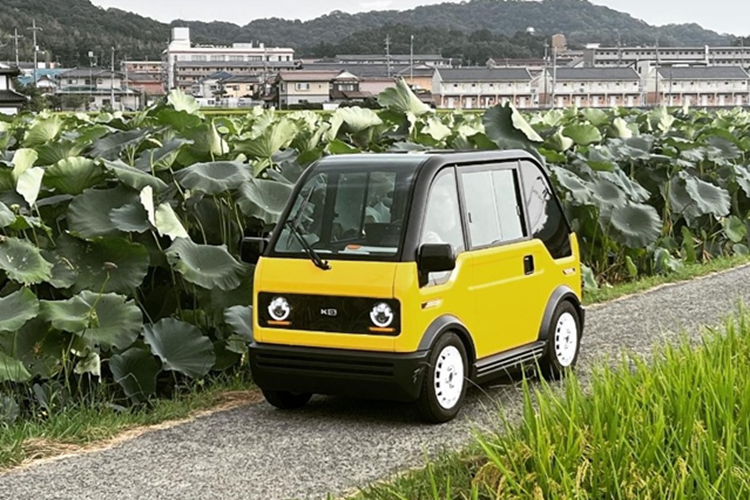
KG Motor Mibot costs only 1 million yen (about 180 million VND), less than half the price of Nissan Sakura - the best-selling electric car in the Japanese market today. Mibot has only one seat, designed with a length of 2,490 mm, equivalent to a golf cart.
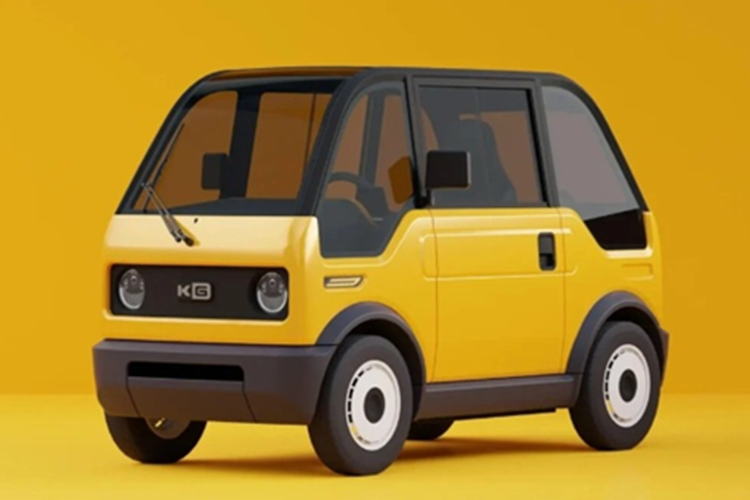
Its compact design and light weight make it easy to maneuver in the crowded, narrow, and difficult-to-maneuver streets that are typical of many Japanese cities. Despite its modest appearance, mibot still meets the minimum standards for street use.

The car can reach a maximum speed of 60 km/h, enough for short trips in the city. The car is equipped with a 7.68 kWh battery pack, which can be fully charged in about 5 hours via a 100V AC power source, compatible with most household sockets in Japan.

The maximum operating range is 100 km per charge, which is low compared to the current average electric vehicle, but KG Motors believes that this number is fully sufficient for daily travel in the city. According to the plan, KG Motors will start accepting pre-orders for Mibot from the fall of 2024.
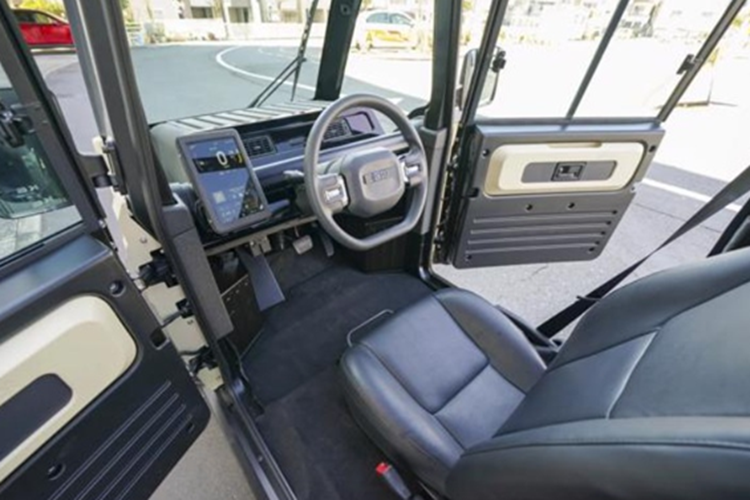
In the first month of its introduction, the company received more than 1,000 registrations and by May 2025, the number of orders reached 2,250 units, exceeding half of the production target of 3,300 vehicles by March 2027.
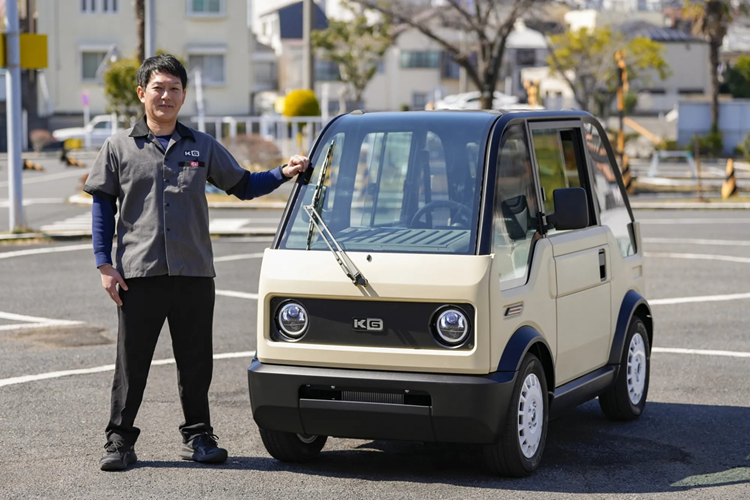
Notably, the total number of electric vehicles sold by Toyota in the Japanese market in 2024 is only about 2,000 units, showing the significant attraction of Mibot in the mini electric vehicle segment. According to Mr. Kusunoki, CEO and founder of KG Motors, the production of Mibot will begin in October 2025, with the first 300 vehicles delivered to domestic customers before March 2026.
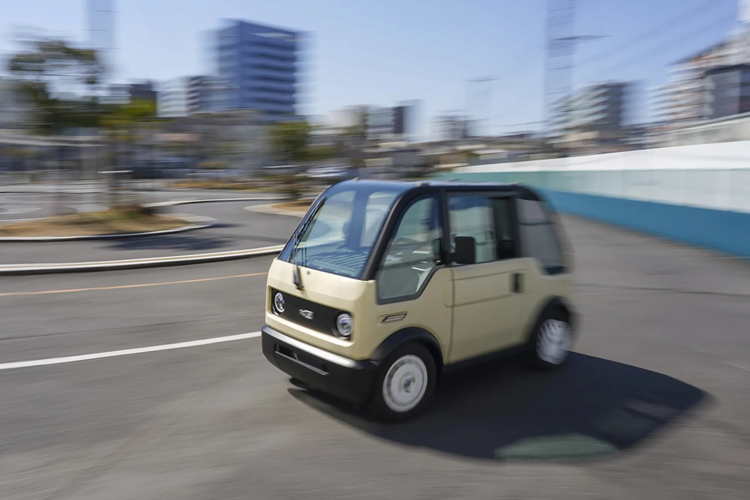
The remaining 3,000 units will be distributed to international markets. Mr. Kusunoki admitted that the company will incur losses on the first batch, but believes that it will make a profit from the second production run. In the future, KG Motors aims to increase production to 10,000 units per year, marking a strategic step towards ultra-compact, low-cost personal electric vehicles.

In a context where electric vehicles are still expensive and large capacity batteries are not always necessary, the emergence of Mibot shows a new direction: focusing on minimalism, cost efficiency and practical service.

In a market like Japan, where kei cars (light vehicles) account for more than 50% of all vehicles on the road, Mibot has a great opportunity to become a new phenomenon.
Source: https://khoahocdoisong.vn/mibot-xe-dien-ti-hon-gia-180-trieu-gay-sot-tai-nhat-ban-post1545864.html





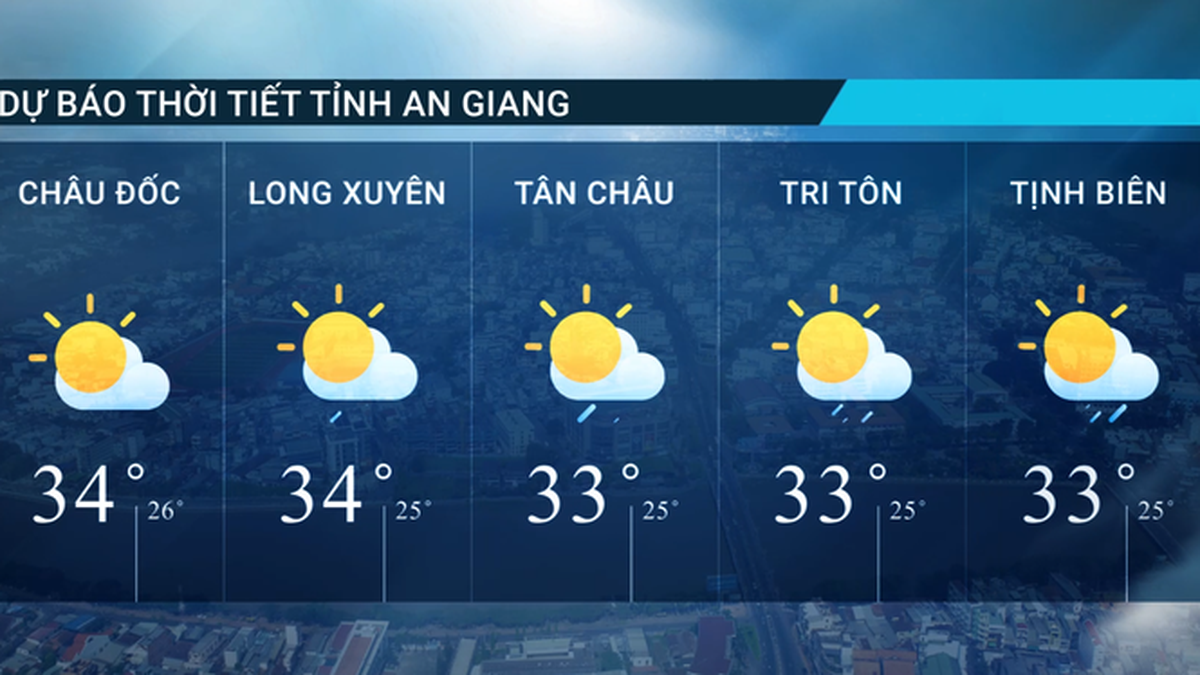



























































































Comment (0)